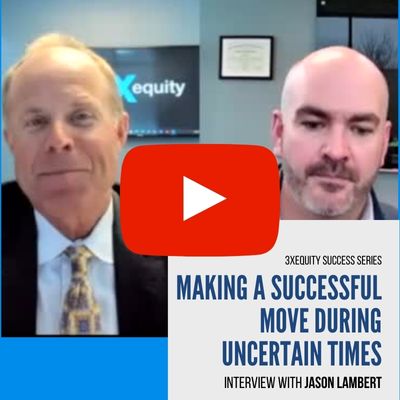- Identifying Legal Risks
- Knowing Exactly What Is Allowed
- Reviewing Contractual Agreements
It’s no secret that there’s a lot to handle when it comes to transitioning to a new firm… it’s a big move with tons of details. However, one of the tallest (and most important) hurdles to overcome is navigating the legal aspects of a transition. Between contractual obligations and state and federal regulations, there are some risks advisors have to face as they make their big move. Identifying those risks and mitigating them is job #1.
If you are an advisor considering independence and looking to better understand some of the associated risks, consider these four factors as you begin the process:
1. Obligations to the Firm You’re Leaving
When transitioning to a new firm, your biggest risk of legal action being taken against you likely comes from your former employer. That’s why it’s important to know exactly what obligations you owe to your former employer and make sure you comply. Retaining legal counsel can be critical for helping you minimize the risk of legal action; they’ll help make sure you fully understand and fulfill any responsibilities owed to the firm that you are leaving.
2. Broker Protocol – Is Your Former Firm Covered or Not?
It’s important to know as you begin the transition process where your firm stands on the Broker Protocol and whether or not it applies. This could affect your plan of action as you start your transition. If it applies, there’s certain information such as client name, addresses, phone numbers, etc. that you will be able to take with you. Make sure you follow all of the requirements and qualification terms of the firm’s Broker Protocol. If your firm isn’t covered, check your employment agreement to see what is expected of you.
3. What Restrictive Covenants are at Play?
A lot of employee contracts include different types of restrictive covenants, such as non-compete clauses. It’s becoming more common to see litigation over non-compete and non-solicit agreements for advisors leaving a firm. It’s important for advisors who are considering leaving to know exactly what their employment agreement entails. Since these fall under employment law, it can be a state-by-state issue — meaning that having an employment law attorney can be huge in helping you navigate your agreement and figure out what is and isn’t enforceable.
4. Compliance & Regulatory Restrictions
As you begin to transition away from your current firm, there are restrictions that go beyond those from your employer, especially for those starting their own independent firms. There are FINRA regulatory restrictions imposed on advisors as they leave their old firm, so advisors will want to make sure they’re appropriately registered and have any policies and documents organized, up to date and in place. As you venture into independence, make sure you have a compliance solution in place to help minimize the risk of litigation.
While these risks might seem like a lot to take on, taking these steps can help make sure you stay within the lines as you make a new start elsewhere.
Still contemplating what your next move is and where to go? Let 3xEquity help. We’ll secure multiple offers and help you find the right home for your business, all while you stay 100% anonymous.
Click here to learn more.




